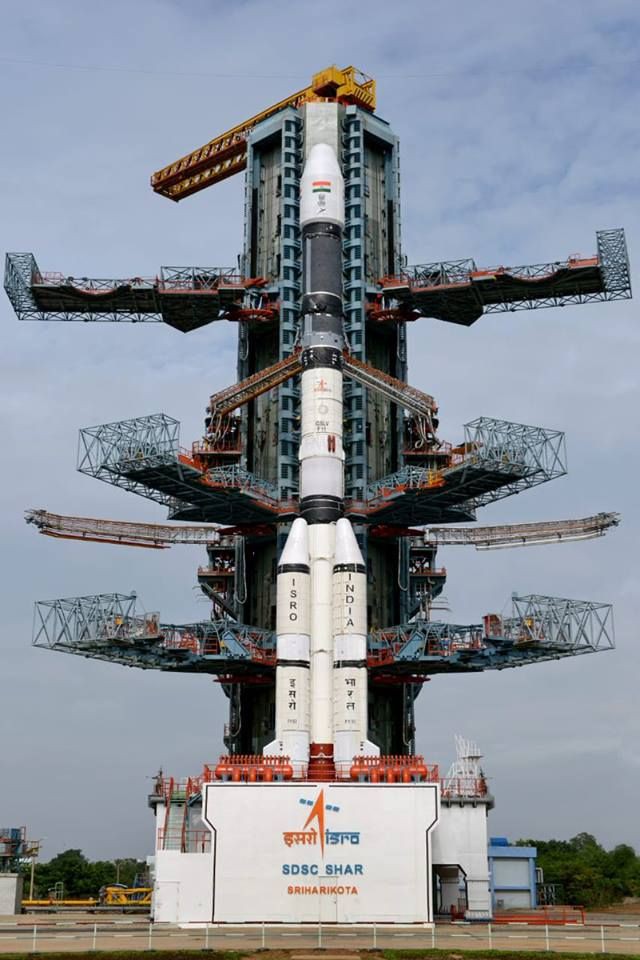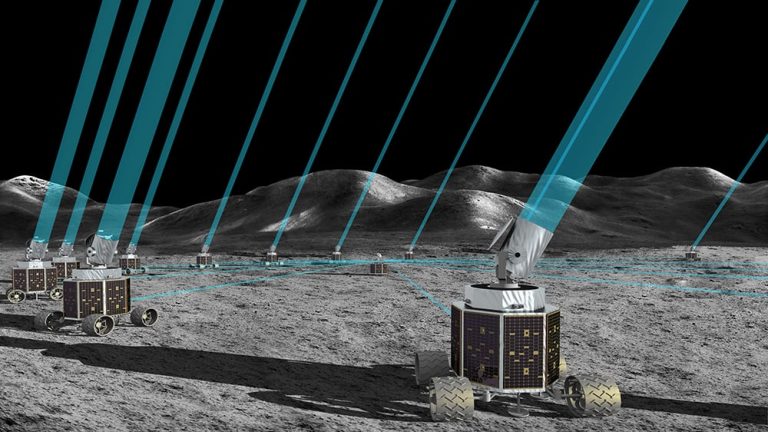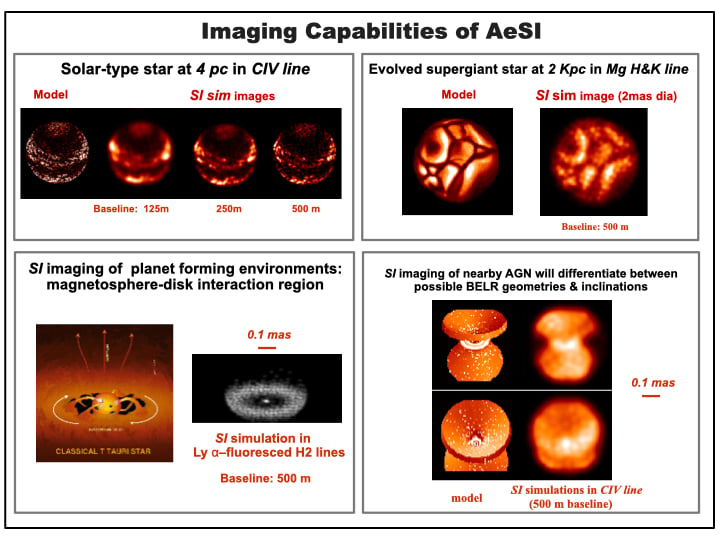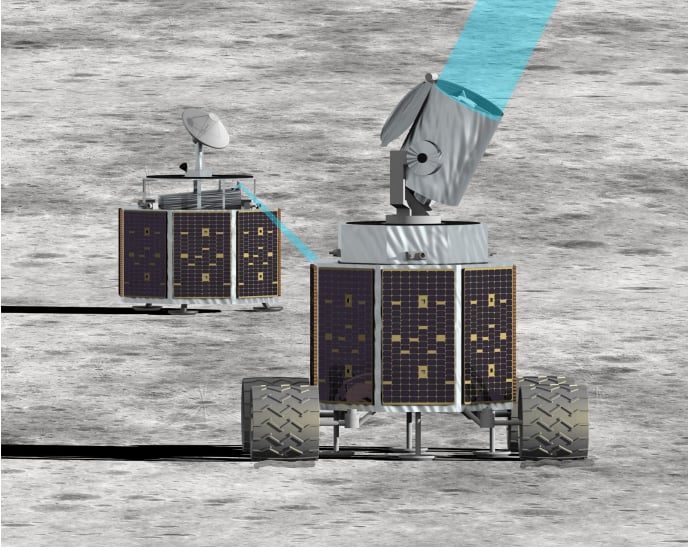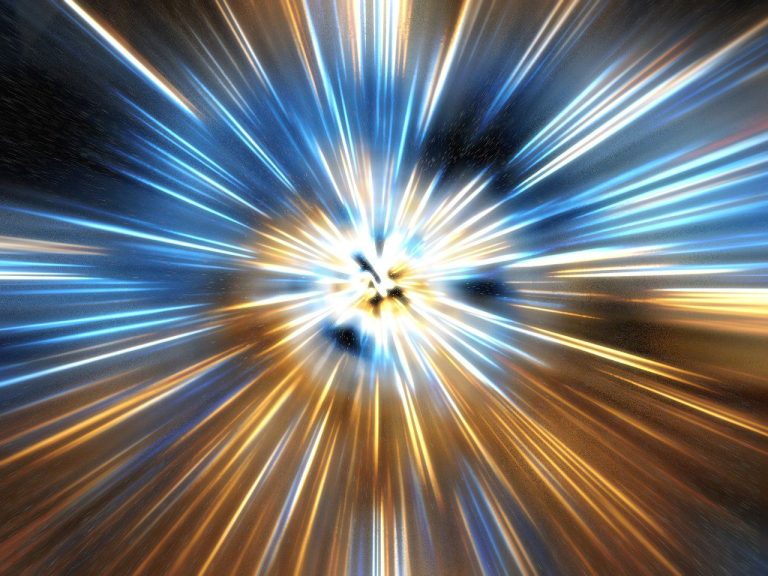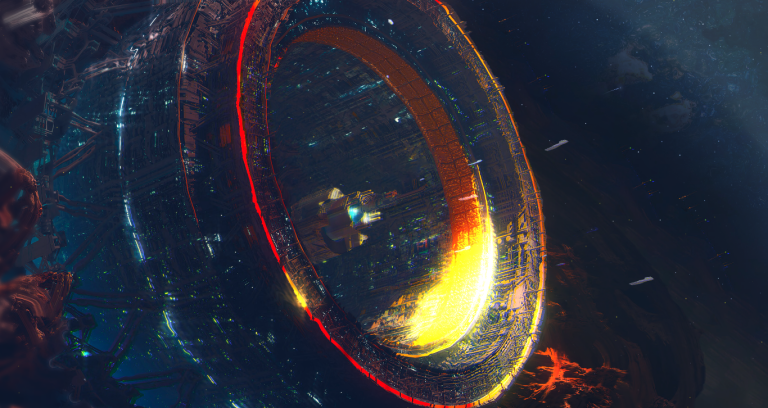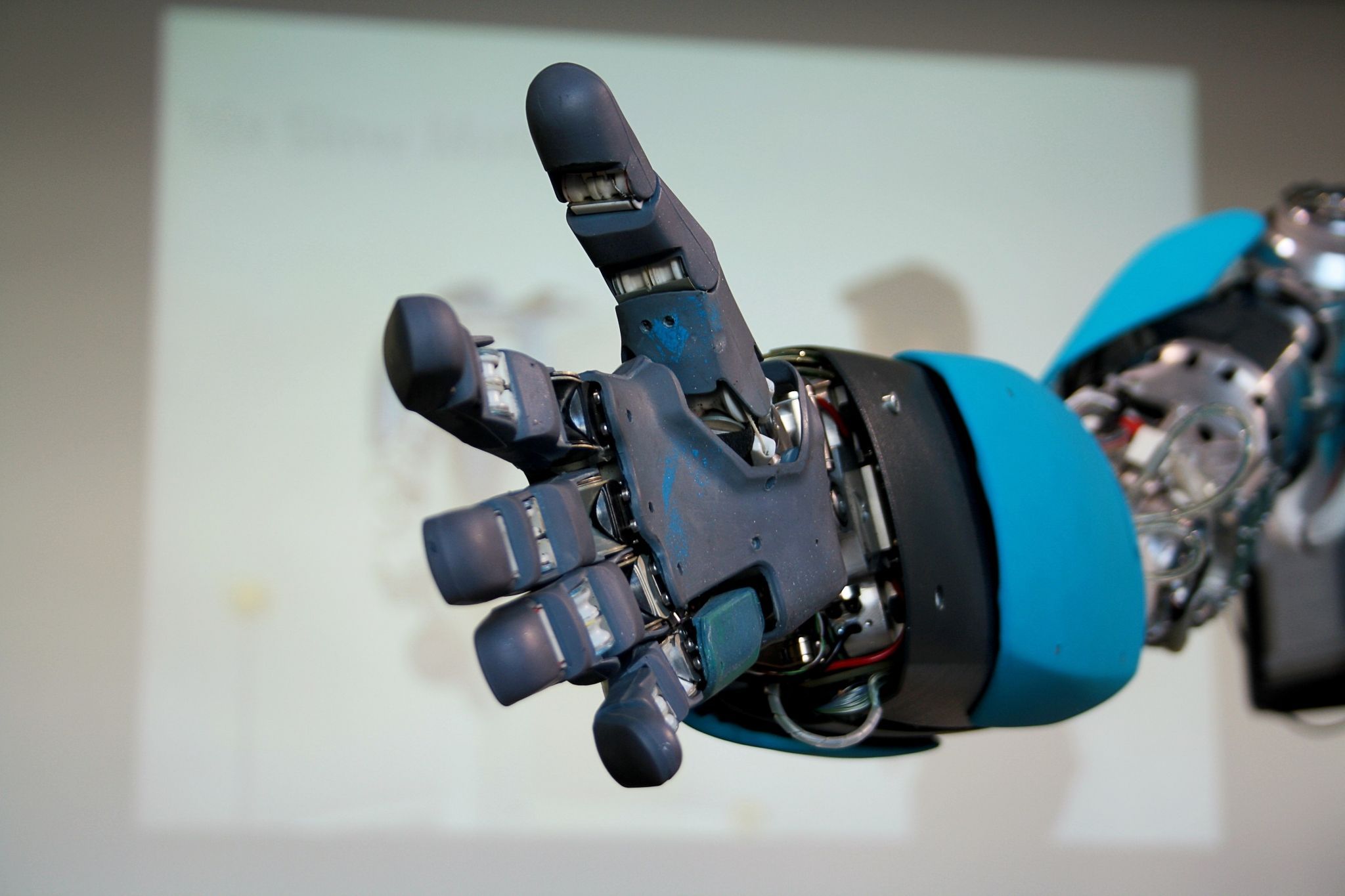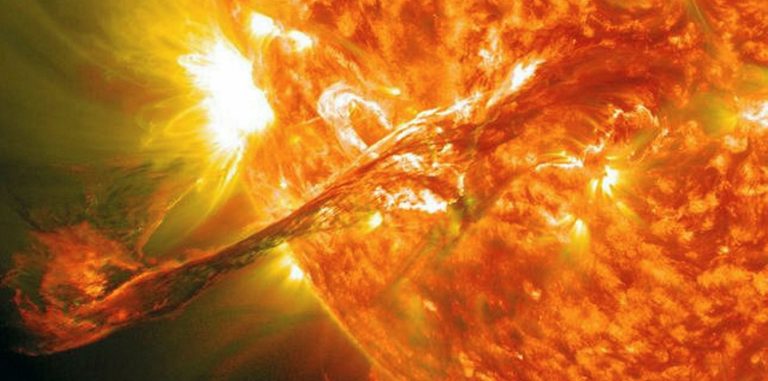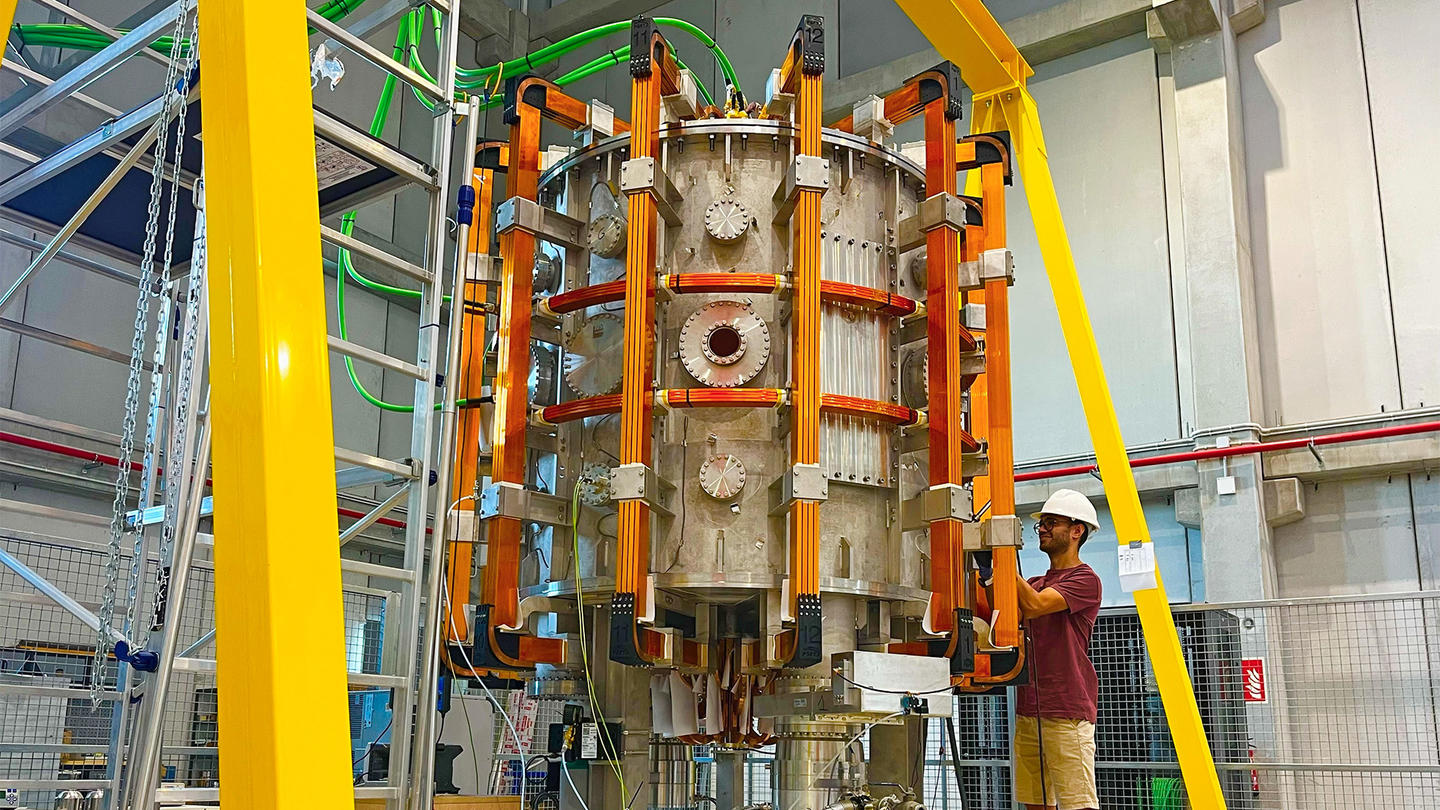White House Official Claims U.S. Tech Can ‘Manipulate Time and Space
White House Science and Technology Director Michael Kratsios, speaking at the Endless Frontiers Retreat in Austin, Texas, urged Americans to choose a new “golden age of innovation,” claiming U.S. technology now allows us to manipulate time and space—a bold statement intended to rally support for renewed focus on AI, biotech, and semiconductors alongside policy actions like tariff exemptions and efficiency drives.
Summary
- Michael Kratsios spoke at the Endless Frontiers Retreat, an invite‑only summit on American innovation in Austin, Texas
- He contrasted today’s pace of change with America’s mid‑20th century boom, calling current progress a “stagnation” by choice
- Kratsios declared, “Our technologies permit us to manipulate time and space. They leave distance annihilated, cause things to grow, and improve productivity”
- Specific technologies were not detailed, but he referenced artificial intelligence, biotech, and semiconductors
- Reuters and NewsChannel9 also covered his remarks, noting their metaphorical nature
- Axios reported this was Kratsios’s first on‑the‑record public address at the retreat, with over 200 attendees from across administrations and industries
- A White House fact sheet directed agencies to “make maximum use of technology” for efficiency and infrastructure
- Newsweek noted public speculation about literal time‑travel tech, though Kratsios spoke metaphorically
- Hoodline highlighted his warning against complacency and call to revive American ambition
- The summit is co‑hosted by the Council on Foreign Relations, UT Austin, Rice, Texas A&M, and Baylor

Background: A Call to Innovation
In mid‑April 2025, more than 200 leaders from former Trump, Biden, Obama, and Bush administrations, along with defense experts, lawmakers, scientists, and investors, gathered in Austin for the Endless Frontiers Retreat. The goal was to chart a path for U.S. technological leadership and national security during global competition, moving dialogue beyond traditional hubs like New York or California. Michael Kratsios, the White House Science and Technology Director under the Trump administration, delivered his first on‑record speech at this event, setting the tone for a strategy to reclaim American preeminence through cutting‑edge R&D.
The Bold Claim: Manipulating Time and Space
Kratsios framed today’s moment as a choice: we can either accept slow progress or ignite a new golden age of American innovation. He did not specify a single device or breakthrough, but painted a picture of technologies so advanced they could warp our experience of distance and productivity.
“Our technologies permit us to manipulate time and space. They leave distance annihilated, cause things to grow, and improve productivity.”
— Michael Kratsios thenationaldesk.com
This vivid language captured headlines and prompted discussions on what “manipulate time and space” truly means in practical terms.
The Technologies: AI, Biotech, and Semiconductors
While Kratsios left much unsaid, his reference to artificial intelligence, biotech, and semiconductors points toward sectors driving today’s most dynamic breakthroughs. Below is a snapshot of each field’s promise and current challenges.
| Technology | Potential Impact | Key Challenge |
|---|---|---|
| Artificial Intelligence | Automated discovery, predictive models | Ethical use, data privacy |
| Biotechnology | Gene editing, personalized medicine | Regulation, public acceptance |
| Semiconductors | Faster computing, robust supply chains | Geopolitical supply restrictions |
(Table 1: Major fields Kratsios cited and their outlook.)
Policy Implications: Tariffs and Efficiency Drive
Kratsios’s remarks coincided with the Trump administration’s decision to exempt Apple watches, laptops, and semiconductor equipment from steep Chinese‑import tariffs, a move aimed at supporting U.S. tech firms caught in trade tensions. Simultaneously, a presidential memo urged federal agencies to “make maximum use of technology” in infrastructure and government services, underlining the belief that better tech adoption can bridge the gap between policy goals and citizen needs.
Comparing Innovation Eras
Kratsios contrasted the present with America’s mid‑20th century innovation surge, which saw landmark achievements from landing on the Moon to the birth of the modern computer. Today, he argues, regulatory hurdles and risk aversion have slowed progress. The table below outlines these eras:
| Era | Time Period | Notable Achievements | Innovation Speed |
|---|---|---|---|
| Mid‑20th Century | 1940s–1960s | Apollo missions, transistor invention | Rapid, government‑led |
| Early 21st Century Stagnation | 2000s–2020s | Internet era maturation, initial AI advances | Moderate, private‑sector driven |
(Table 2: Comparison of American innovation across eras.)
Looking Ahead: Choosing the Golden Age
In a White House‑published speech, Kratsios urged Americans to embrace both political and technological arenas to secure liberty and prosperity for future generations. He emphasized that victory requires participation from business, education, and laboratories alike, warning against withdrawal or retreat in the face of regulation and election cycles. Critics question the lack of concrete plans, but supporters see his words as a rallying cry to revitalize U.S. leadership in science and industry.
Facts
- The phrase “Endless Frontiers” echoes the 1945 report to President Truman that launched the NSF.
- Austin, Texas, is now a major hub for defense tech conferences.
- Kratsios served as the first Senate‑confirmed CTO of the U.S. from 2019 to 2021.
- The tariff exemptions covered over 300 product categories.
- Some attendees joked they wanted literal time‑travel after hearing the speech.
References
- Thenationaldesk.com: Trump admin science director says American tech can ‘manipulate time and space’
- ABC3340 report on the same remarks
- Axios: The future of U.S. security is today taking shape in Texas
- WhiteHouse.gov: Remarks by Director Kratsios at the Endless Frontiers Retreat
- Newsweek: White House Says It Has Tech That Can ‘Manipulate Time and Space’
- Hoodline: OSTP Director Michael Kratsios Champions a “New Golden Age”
- NewsChannel9 coverage



